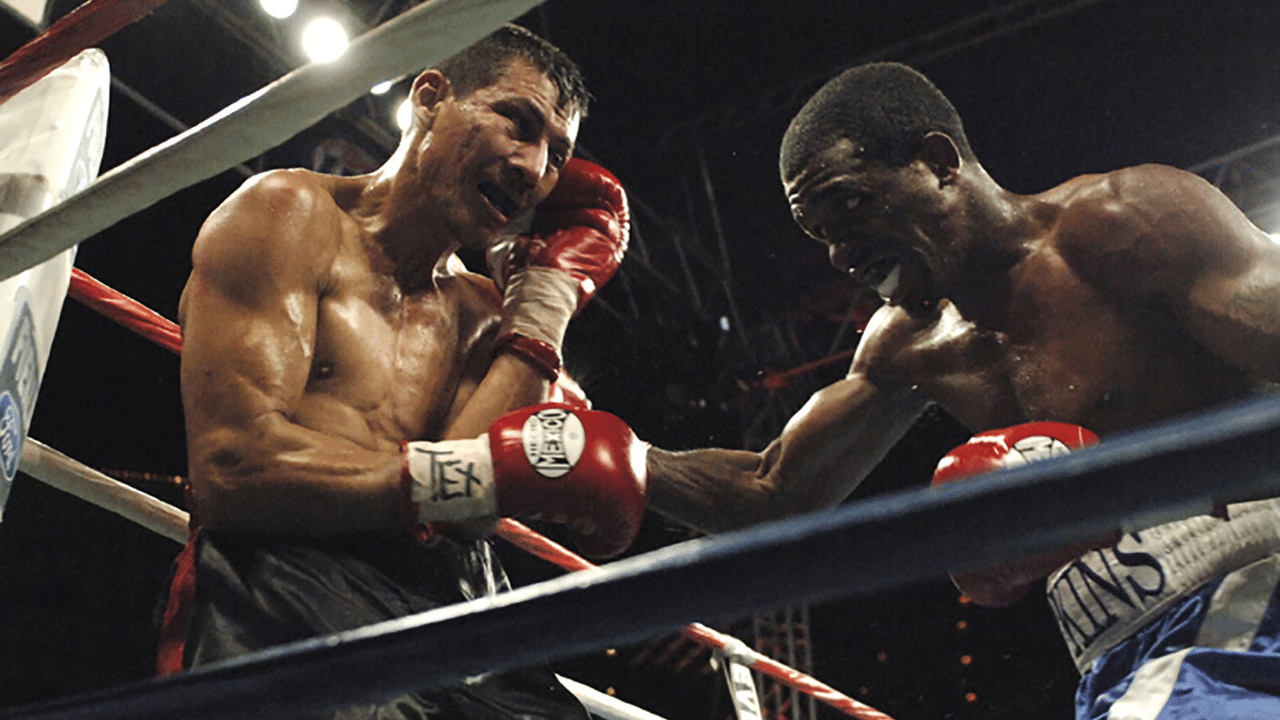Why Every Business Needs a Robust Business Plan: A Boxing-Inspired Perspective
As Mike Tyson once said, “Everyone has a plan until they get punched in the mouth”.
Using this analogy for business, you could say that plans can often be derailed by unforeseen challenges.
This said, I believe a business plan is an important tool for every entrepreneur. In fact, it accentuates the need for a flexible and robust business plan that can weather the punches that the market, or wider environment, might throw.
Firstly, a business plan acts as a roadmap, providing clear directions for your venture. It’s similar to training for a boxing match. It articulates your business’s purpose, strategies, and operational tactics, allowing your team to dance around the ring, avoid punches, recover faster, and swing back harder when challenges arise.
Secondly, a business plan is your ticket to the financial ringside. It proves to investors that you have a well thought through strategy and have considered some of the opportunities and threats that might come your way to investors and financial institutions, showcasing your capacity to take on market challenges and emerge as a victor. Just like a boxer is evaluated on their training regimen, discipline, and strategy, a business is judged on its business plan.
Thirdly, a business plan serves as your performance scoreboard. By comparing actual progress with the plan, you can identify any hits you’ve taken, the source of those punches, and adjust your strategies to better dodge them in the future.
So, what elements make your business plan ready for the ring?
Executive Summary: This is the round-one introduction of your business to the reader. It includes a snapshot of your business, its purpose, and your fight strategy. The Executive Summary is always the last thing you write.
Company Description: This section is about the details of your fighter – the business. It presents the specifics about the business structure, location, the services/products it offers, and the unique combinations it brings to the market. You might think of this as the weigh in!
Market Analysis: This is where you scout your opponents and the fight environment. It includes industry trends, target audience, and competition.
Leadership and Management: This is your coaching team and game plan. It gives insights into your business structure, team hierarchy, and your key players.
Service or Product Line: This could be seen as an exhibition fight. It showcases your range of punches – the products or services you offer. It describes the features and benefits of what you offer.
Marketing and Sales Strategy: This is your game plan on how you aim to win over the crowd – your audience. It outlines your tactics to draw customers in and keep them.
Funding Request: If you’re seeking sponsorship, this is your pitch. It details your financial needs and how you’ll utilise the funds to win the fight.
Financial Projections: These are your predicted fight statistics and scorecards for the next three to five years.
Appendix: This optional round can include any supporting documents like pictures, legal agreements, or certificates.
In likening a business plan to a boxing strategy, I’ve tried to demonstrate that it’s not just about being ready for the first round; it’s about being prepared to take a punch, adjust, and come out fighting.
Your business plan is your key to navigating your way through the fight, making adjustments where necessary, and ultimately winning by achieving your business goals.







